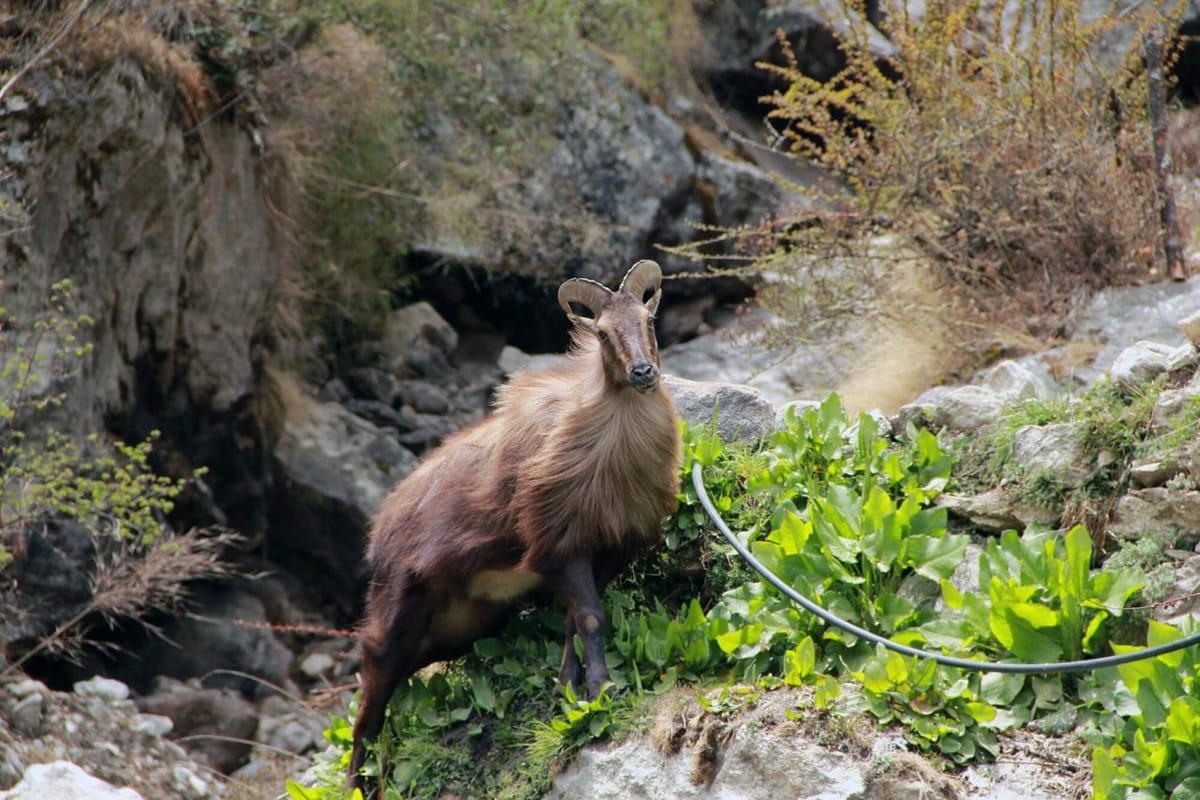The Game Animal Council welcomes greater involvement in the implementation of the 2020-21 Tahr Control Operational Plan outside Aoraki/Mt Cook and Westland Tai Poutini National Parks and will engage constructively with DOC to balance conservation values with sensible game animal management.
However, the Council remains concerned that the decision to proceed with the full allocation of helicopter control hours combined with a target of zero density in the national parks is based on short-term population targets rather than longer-term management objectives.
“The current plan not only negatively impacts hunting, particularly in our national parks, but may not have the longer-term environmental benefits that could be achieved by taking a more nuanced approach to management,” says Game Animal Council General Manager Tim Gale.
Analysis of the 2020-21 Plan, detailed suggestions for effective long-term management and an examination of each management unit are explicitly set out in the Game Animal Council’s submission, .
“Strictly, the National Parks Act and the Himalayan Tahr Control Plan (HTCP) enable the removal of bulls from Aoraki/Mt Cook and Westland Tai Poutini National Parks. However, from both an environmental and hunting perspective there is very little advantage in doing so.”
“Shooting a bull or a nanny has a very different impact on the future number of tahr. Removing a nanny effectively reduces the population by much more than one animal and has a significant impact on future herd numbers. Shooting mature bulls on the other hand has very little long- term benefit as tahr are highly polygynous animals.”
“Time spent culling mature bulls in national parks is an inefficient use of resources and causes needless aggravation of the hunting sector. If it also reduces the number of nannies controlled in higher density areas then that is counterproductive and an environmental opportunity lost,” Gale says.
“As our submission points out, a much more adaptive management approach should be adopted that includes highly targeted control work, ongoing monitoring and flexible adaptation using up-to-date data.”
“Control based on this method would recognise the future sustainability of alpine vegetation as well as local tahr densities and demographics while not risking over-culling. We look forward to providing the Department with that advice on a management unit level.”
As a basis for ongoing management the Game Animal Council proposes the following hierarchy be considered when deciding where to target control. In order of importance:
- Places of particular environmental concern (which may not have high tahr numbers, but where the environment is particularly susceptible to tahr).
- Areas of high tahr populations.
- Inaccessible areas where it is difficult for hunters to harvest tahr.
- Overall management unit density.
“Unfortunately, aspects of today’s decision prioritise short-term population reduction targets and extermination of non-breeding animals in areas where that is not necessary.”
The Game Animal Council’s submission supports increasing tahr control efforts outside the feral range, including an expansion of operations in the exclusion zones.
“If the Game Animal Council was accorded greater involvement in the initial development of the Plan a better result could have been achieved for both the perpetual protection of alpine vegetation and the preservation of a sustainable tahr resource,” Gale says.
The NZ Game Animal Council is a statutory organisation responsible for the sustainable management of game animals and hunting for recreation, commerce and conservation.

